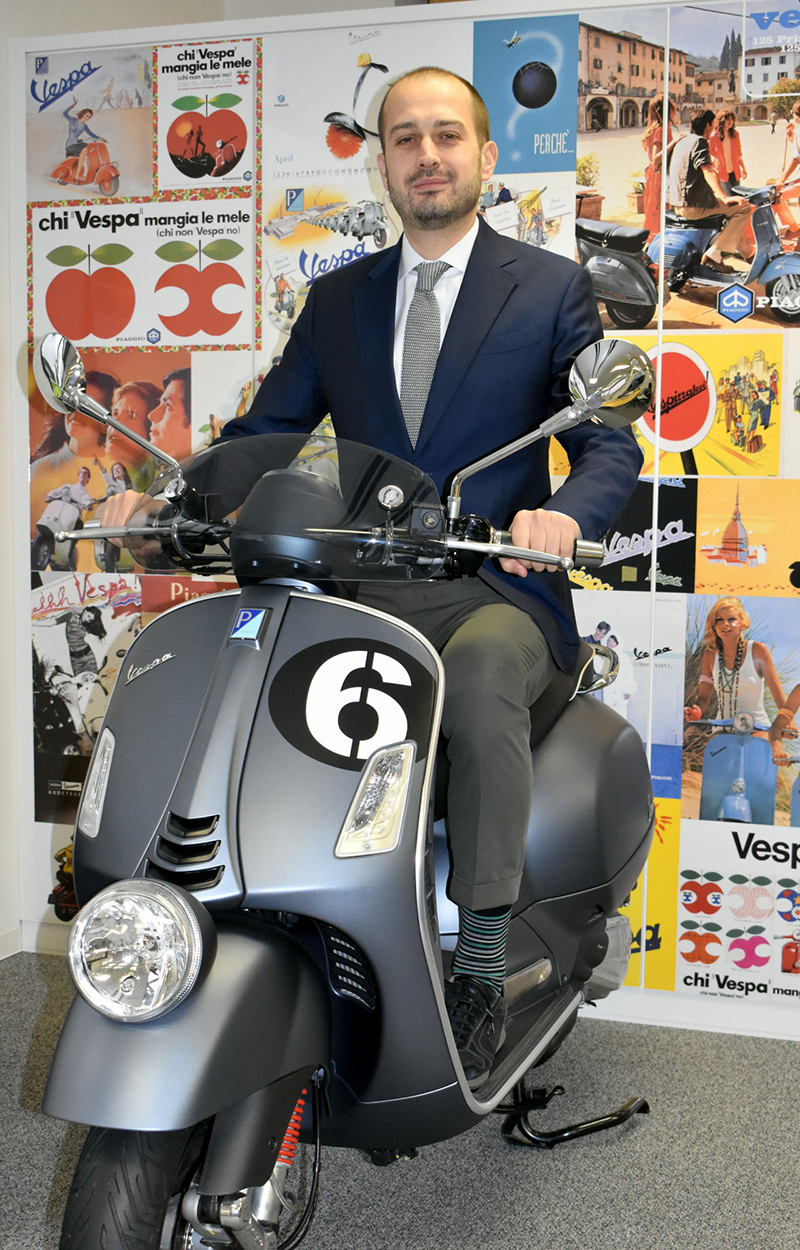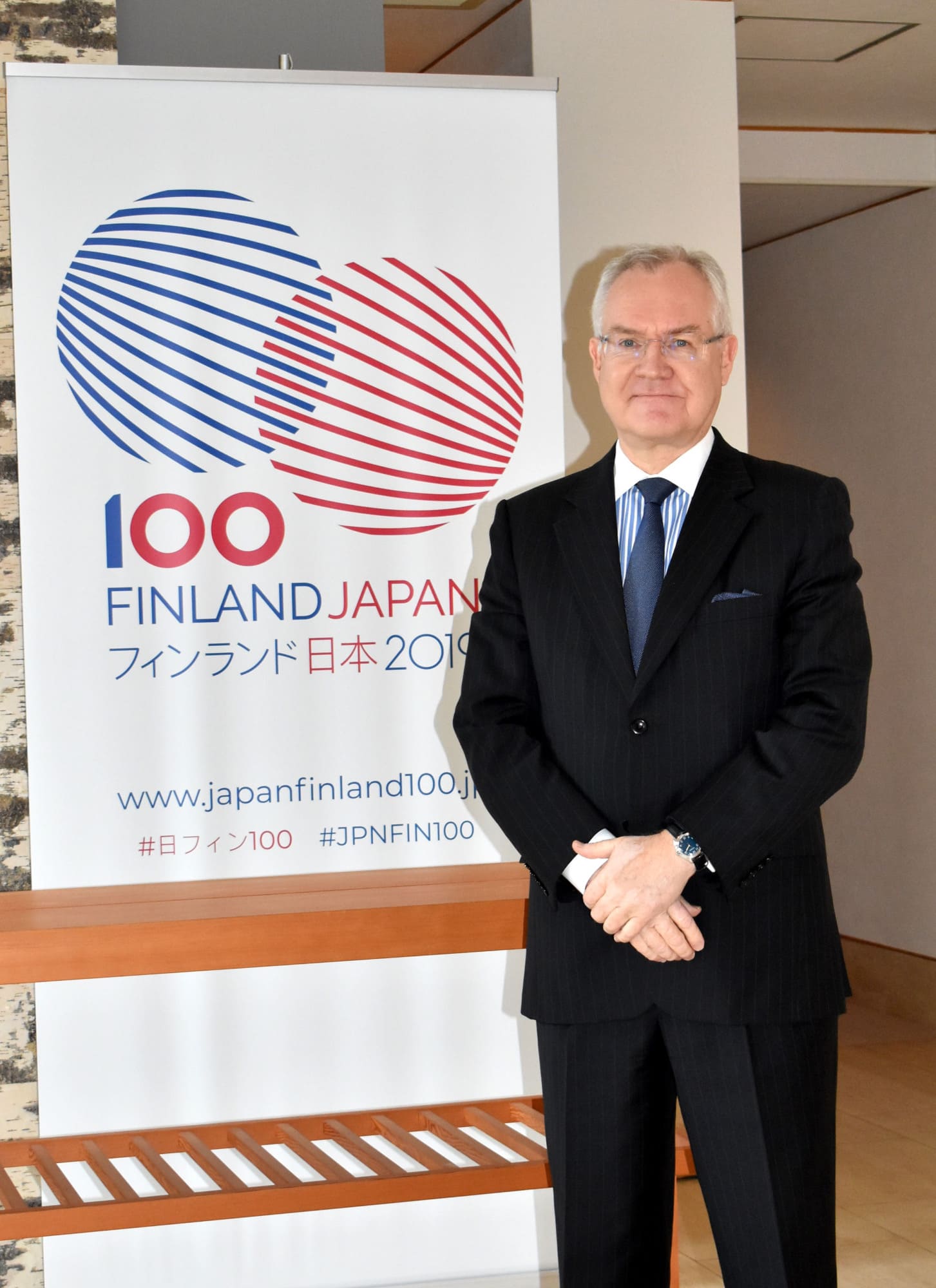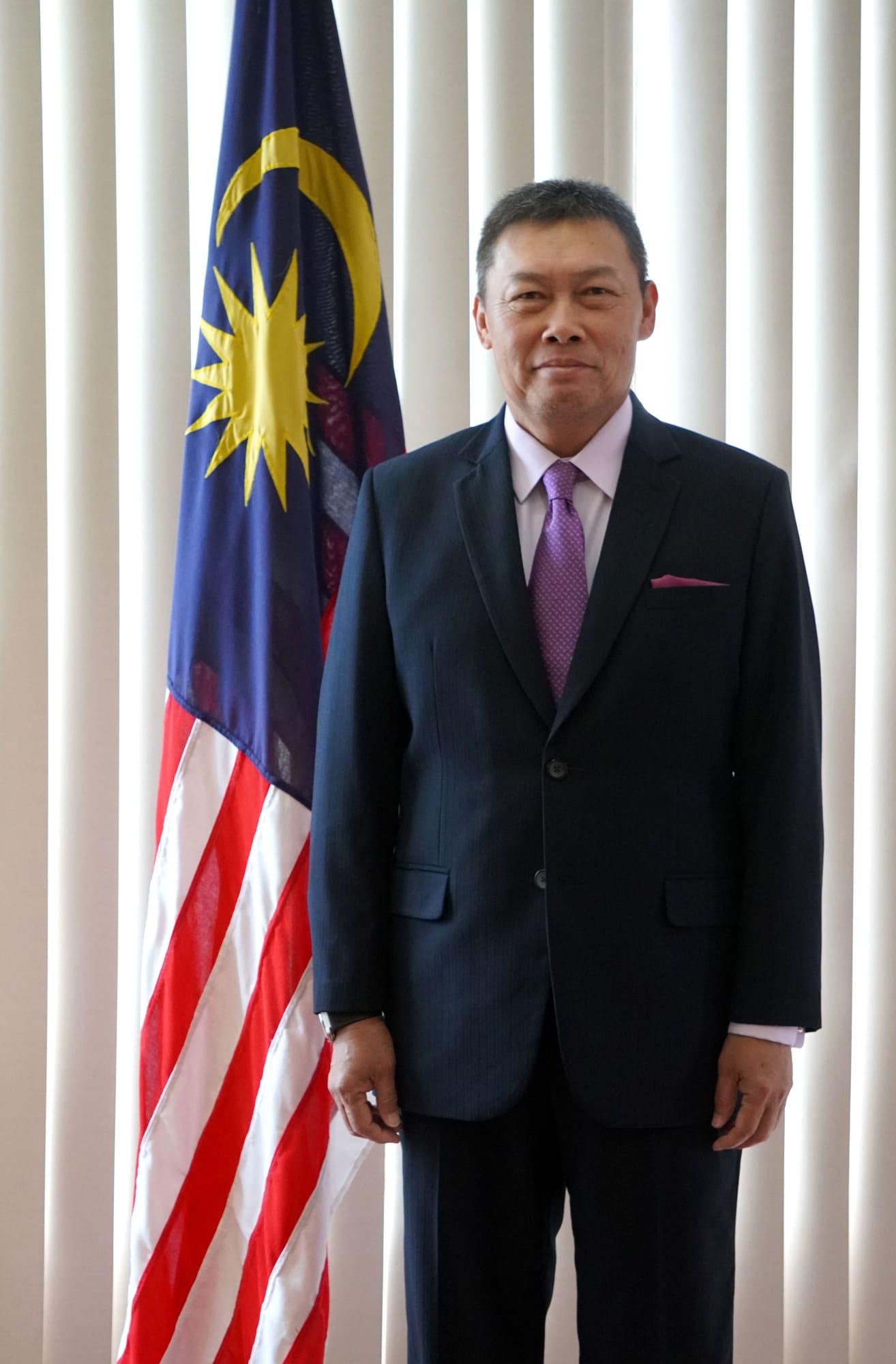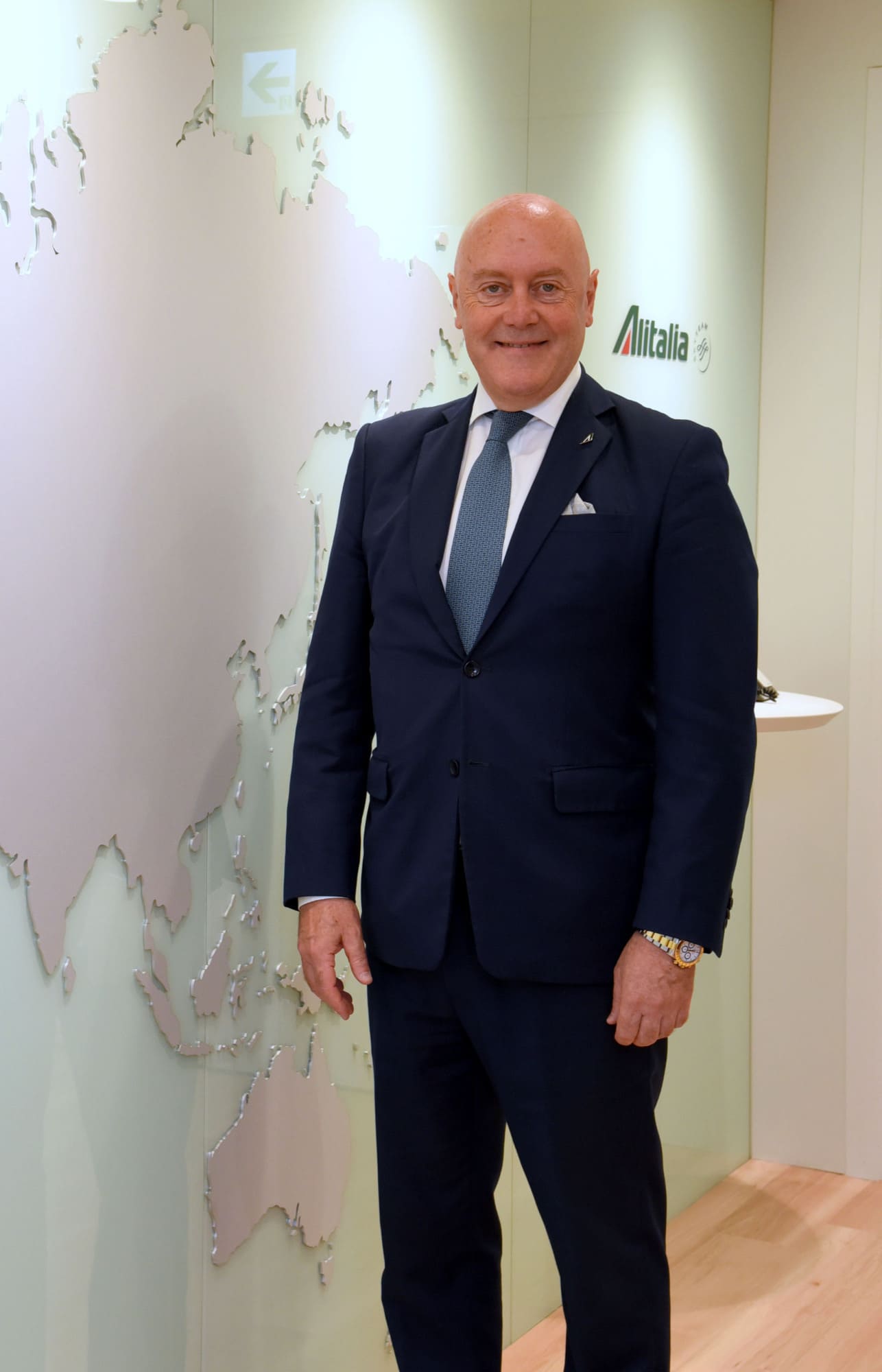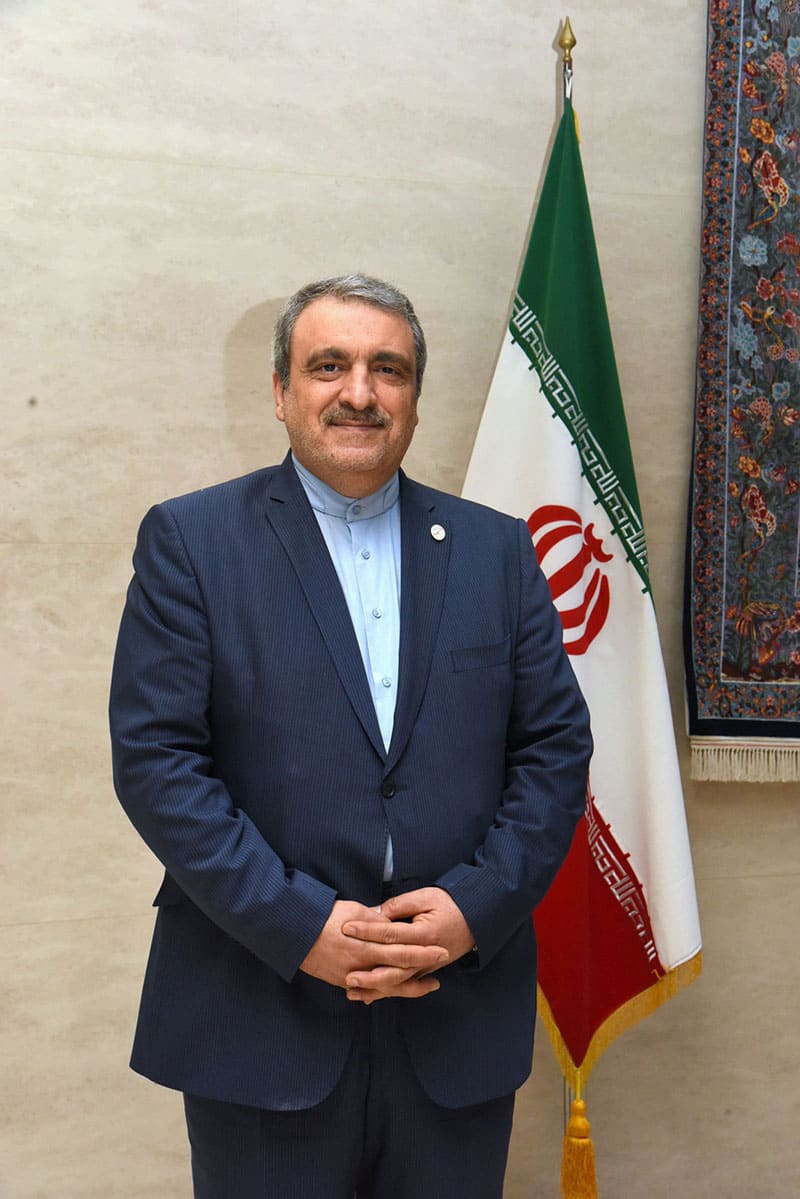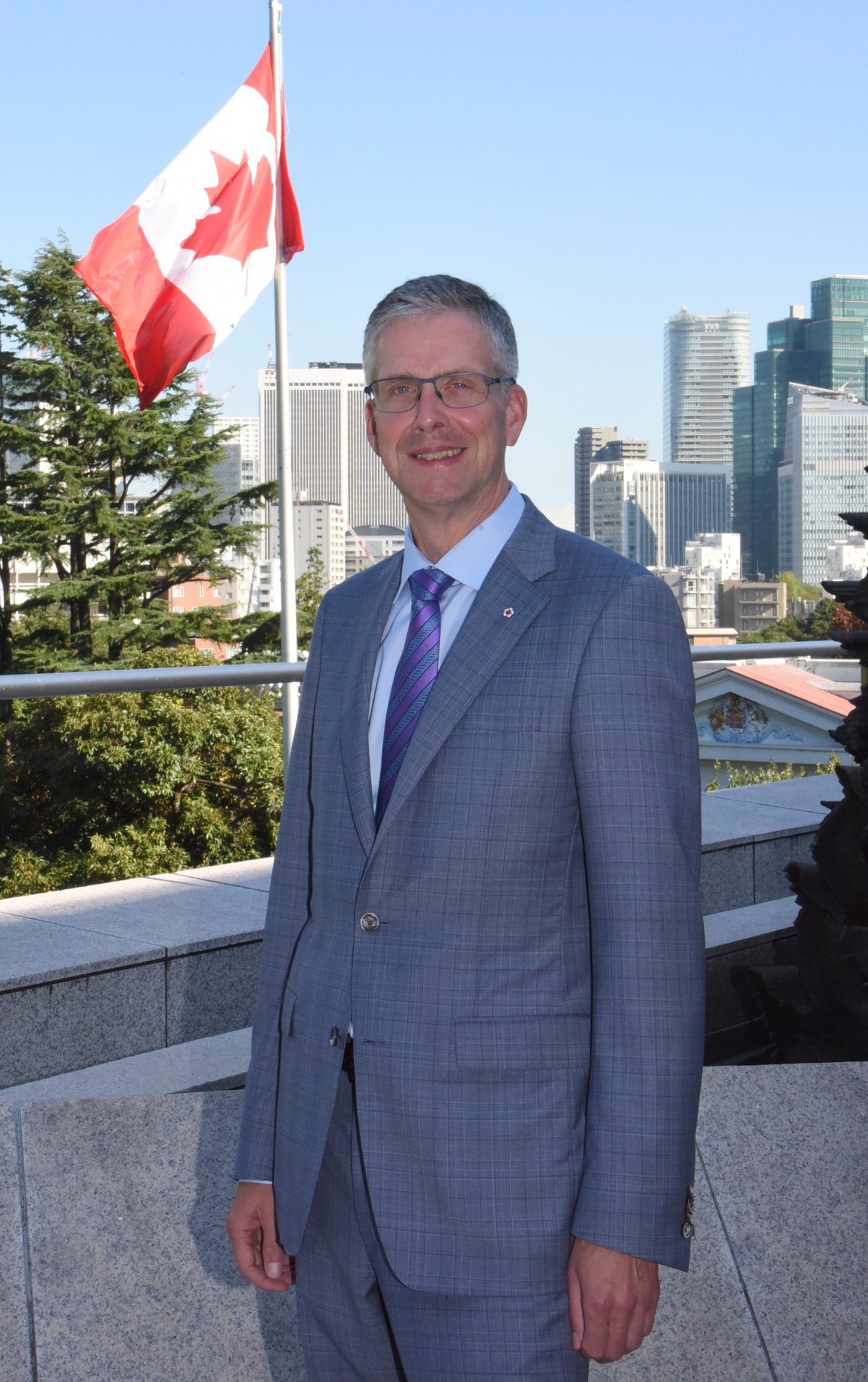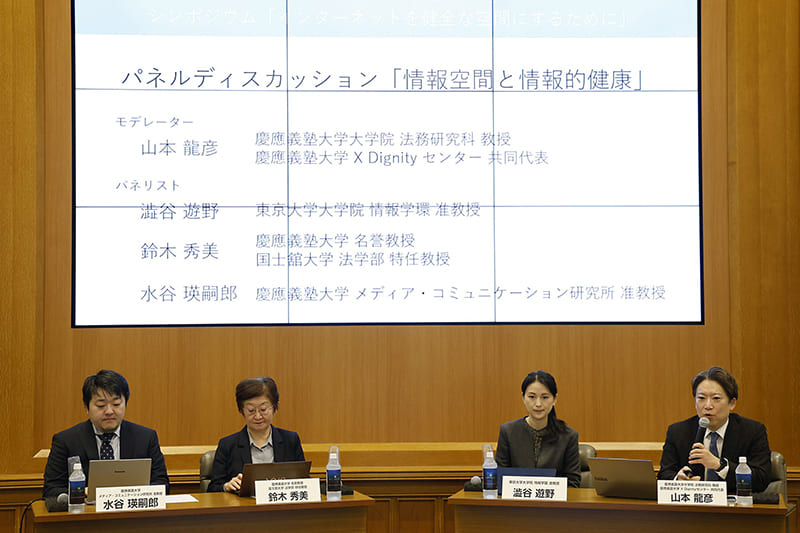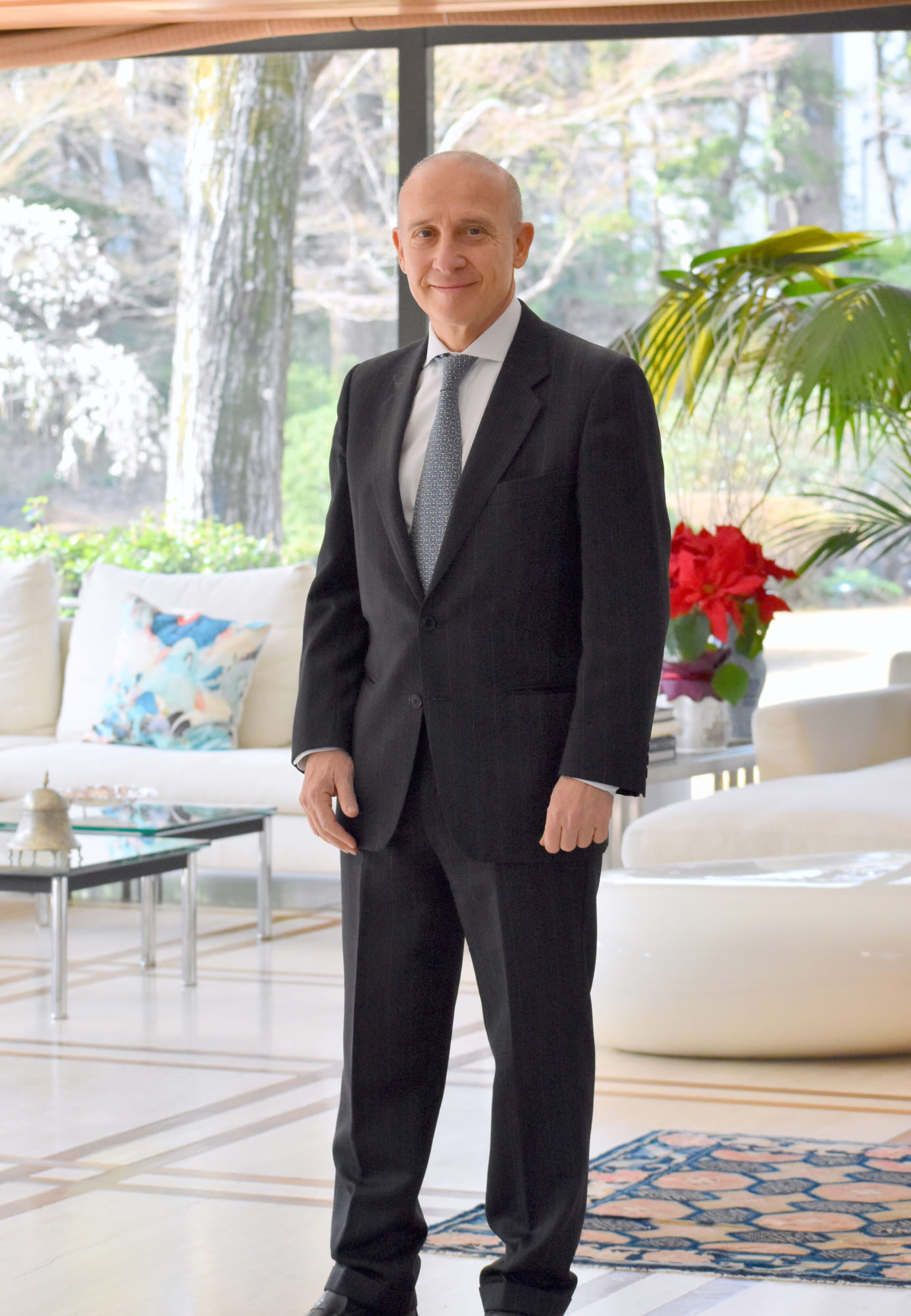
March 01, 2020
An ongoing pursuit of collaboration, innovation
Italian Ambassador Giorgio Starace on the legacy of Japan-Italy relations
BY ARI SHARP
CONTRIBUTING WRITER
- Name: Giorgio Starace
- Title: Ambassador of Italy
- URL: https://ambtokyo.esteri.it/ambasciata_tokyo/ja/
- DoB: Feb. 23, 1959
- Hometown: Viterbo, Italy
- Years in Japan: 3
For Italian Ambassador Giorgio Starace, the partnership between Japanese and Italian companies is a natural fit.
In the spirit of this, Starace will be heading to Rome in March to attend the presentation of the Leonardo Prize — one of Italy’s greatest honors. Named after Leonardo da Vinci, the prize is bestowed upon those who promote Italy’s image on an international level. This year’s recipient in particular brings a distinctly Japanese flavor to the award.
Receiving the distinction will be Marelli Corp. CEO Beda Bolzenius in honor of the automotive giant’s €6.2 billion merger of Milan-based Magneti Marelli with Saitama-based Calsonic Kansei that was finalized last year.
In Starace’s opinion, from the Italians comes “innovation, fantasy, positive energy,” while from the Japanese comes “organization, discipline and sense of the group,” he said. “When there is a fusion of two companies and you have the management working together, this company can be extremely competitive.”
The notion of Italy as a technological power is one Starace is keen to promote. He notes that many of the stereotypes about his country — think glorious food, gorgeous vistas and a commitment to the good life — ignore the reality that it is a manufacturing powerhouse.
“Italians have been depicted worldwide as the inhabitants of a lucky country with beautiful landscapes and heritage treasures.” he said. “Due to that, many people forget that Italy is also a very important economic power, is also the second-largest industrial manufacturing power in Europe, is also one of the largest technological hubs of the world.”
The 60-year-old ambassador notes that Hitachi Ltd. has taken over Italian company Ansaldo STS to establish its European hub in Milan, using its combined know-how to develop the next generation of train technology.
At the ambassador’s residence, which looks out over gardens and even a small lake at the embassy, Starace hosts about 70 functions a year, many of which showcase Italian companies.
The embassy property in Mita has a storied heritage — it was here in 1703 that 10 of the famed 47 ronin took their lives in a ritual seppuku after they had slain a court official. Italy established its mission here in 1932, the site was destroyed by wartime bombing in 1945 and then in the 1960s the embassy and residence were built to showcase Italian style that Starace describes as “a little museum.”
Though Italy’s economy may be large, it lags behind most of Europe when it comes to growth. But Starace presents a slew of figures to make the case it is heading in the right direction — five-year growth is steady, foreign investment was up 9 percent last year, private savings and home ownership are among the world’s highest and it is seventh in the world for publishing scientific papers.
“We kept a very high profile in terms of scientific and technological innovation. The Italian Space Agency cooperates actively with JAXA (Japan Aerospace Exploration Agency), and a large part of the International Space Station that is orbiting the world has been built with Japanese and Italian technology,” he said.
The desire for export opportunities explains much of Italy’s interest in Asia. Consumers seem to be increasingly valuing quality over price, Italy’s sweet spot.
“Italy watches the Far East with gigantic interest, because this is the hub of consumers and dynamic economies,” Starace said. “We work on the top-line in food production, in cars — Lamborghini, Ferrari, Maserati FCA — in fashions, in shoes, in architecture, in machinery, in chemicals, in everything. Japan is a market of top-line consumers.”
Japan and Italy have more than 150 years of formal diplomatic ties. Both countries are members of the Group of Seven and share a common interest in de-escalating tensions in global hot spots, Starace said.
But political instability has returned to Italy in recent years — the country is on its fifth prime minister during the tenure of Japan’s Shinzo Abe.
Starace argued that leadership changes had not impacted his country’s diplomacy. “I can confirm that Italian foreign policy has always been consistent and focused on the very same priorities,” he said.
Starace’s team in Tokyo comprises six Italian diplomats, supported by locally engaged staff.
The love for Italy among the Japanese runs deep. More than a million Japanese tourists flock to Italy each year — the embassy has produced a glossy book featuring the holiday snaps of Japanese visitors — and Italian food is perhaps the most abundantly available foreign cuisine. According to Starace, the Italian flag was the second most common flag purchased in Japan after the country’s own Hinomaru, and Tokyo alone boasts 7,000 Italian restaurants.
Ever the diplomat, Starace declines to name his favorite Italian restaurant, but notes that the quality of Italian food here does the cuisine proud. Things may get better yet. Under last year’s Japan-EU free trade agreement, Italian food and wine is more affordable and abundant, a trend likely to continue.
Despite his country’s famed carbohydrate-rich diet, the 60-year-old ambassador remains fit. He is a regular skier and regular tennis player, but perhaps his greatest sporting love is cycling.
Recently, he cycled across the nine bridges of the Shimanami Kaido, the route linking Ehime and Hiroshima prefectures. On the weekend, it’s not rare to find Starace — on an Italian bike, of course — and his colleagues cycling. “Tama River, just out of Tokyo, is the best place for cycling, because it’s quiet, there are no cars. It’s nice,” he said.
It is easy to picture the affable Starace putting his head down to get on with the job — even in headwinds.
Wealth of diplomatic posts across career
As a child, Giorgio Starace moved around Italy with his father who served in the military. He went on to study in Milan and Naples before joining the Ministry of Foreign Affairs in 1985.
The career diplomat has undertaken postings to Guatemala City, Beijing, New York, New Delhi and Abu Dhabi, the last as his country’s ambassador to the United Arab Emirates.
In Rome, he took on several bureaucratic and political roles, including serving as a diplomatic advisor to government ministers and as a special envoy to Libya.
In 2004, he was awarded the Italian Order of Merit.
Starace has served as Italy’s ambassador to Japan since 2017. He is married to Matelda Benedetti, a doctor, and the couple has two children.

